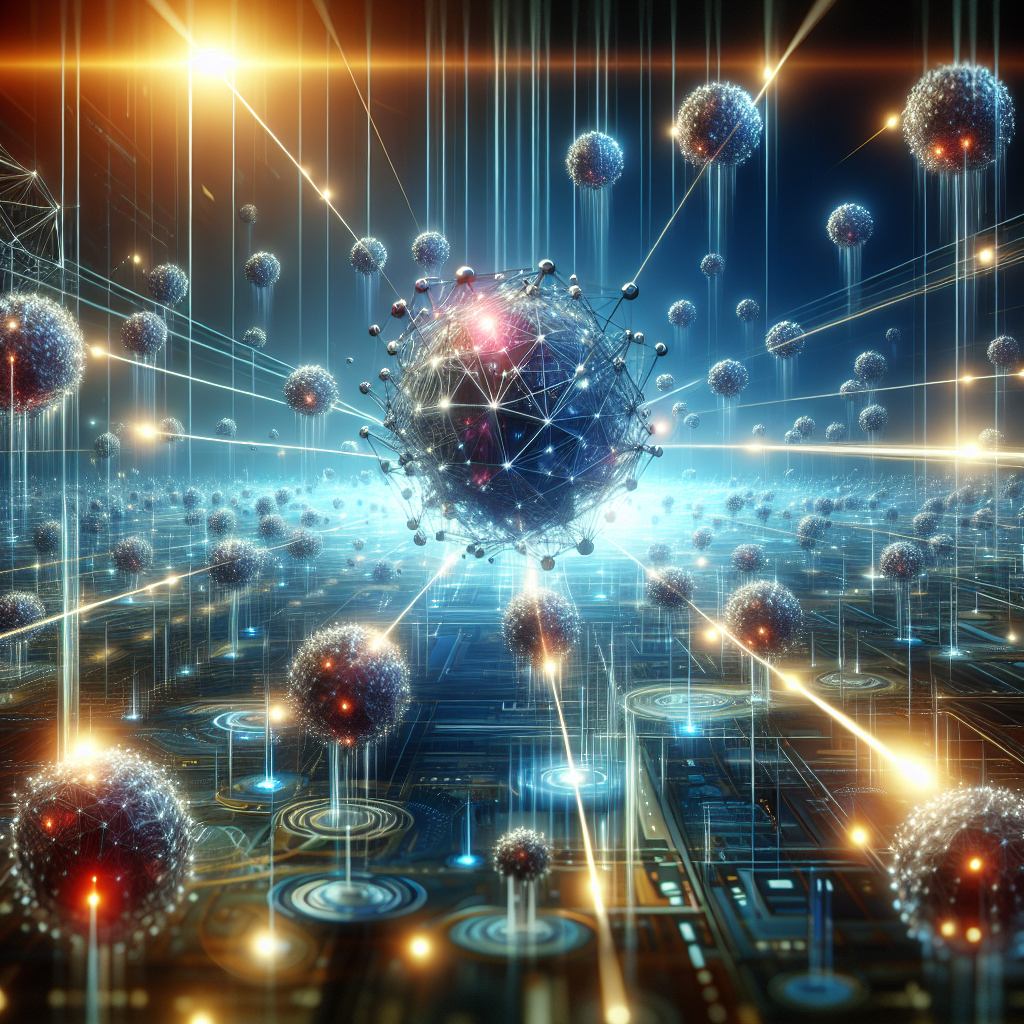The Future of Self-Healing Networks
As technology rapidly evolves, the demand for reliable and efficient network systems has never been greater. Self-healing networks are emerging as a revolutionary solution to address network reliability issues. This article delves into their architecture, benefits, and the future landscape of self-healing networks.
What are Self-Healing Networks?
Self-healing networks are intelligent systems capable of detecting failures and automatically reconfiguring without human intervention. This technology uses advanced algorithms and machine learning to enhance network performance and reliability.
Key Features of Self-Healing Networks
- Autonomous Recovery: These networks can autonomously detect issues and implement recovery strategies.
- Real-Time Monitoring: Continuous monitoring allows for immediate identification of potential disruptions.
- Adaptive Learning: They adopt and improve their response strategies based on historical data.
Benefits of Self-Healing Networks
The shift towards self-healing networks presents various advantages:
- Reduced Downtime: Automated recovery processes minimize the impact of network failures.
- Cost Efficiency: Lower operational costs due to less reliance on manual intervention.
- Improved Customer Experience: Enhanced network performance translates to better services for users.
Architectural Components
A self-healing network comprises several essential components:
- Network Sensors: These devices monitor the health of the network.
- Data Analytics Engine: Analyzes data from sensors to predict and detect faults.
- Automated Response System: Executes recovery protocols based on analytics results.
Challenges and Solutions
While self-healing networks bring numerous benefits, they also face challenges:
- Security Risks: Automated systems can be vulnerable to cyber attacks. Solution: Implement advanced security protocols.
- Complexity in Implementation: Integrating self-healing capabilities may require significant resources. Solution: Gradual implementation strategies and focused training.
The Future Landscape
The future of self-healing networks looks promising:
- Increased Adoption: More organizations will integrate self-healing capabilities as the technology matures.
- IoT and AI Integration: The synergy between IoT and AI will further enhance the capabilities of self-healing networks.
- Greater Reliability: As systems become more advanced, network reliability will substantially improve.
Conclusion
Self-healing networks represent the next evolution in network management, offering resilience and efficiency that traditional systems fail to provide. As technology advances, the importance of self-healing networks will become increasingly prominent, shaping the future of connectivity.

